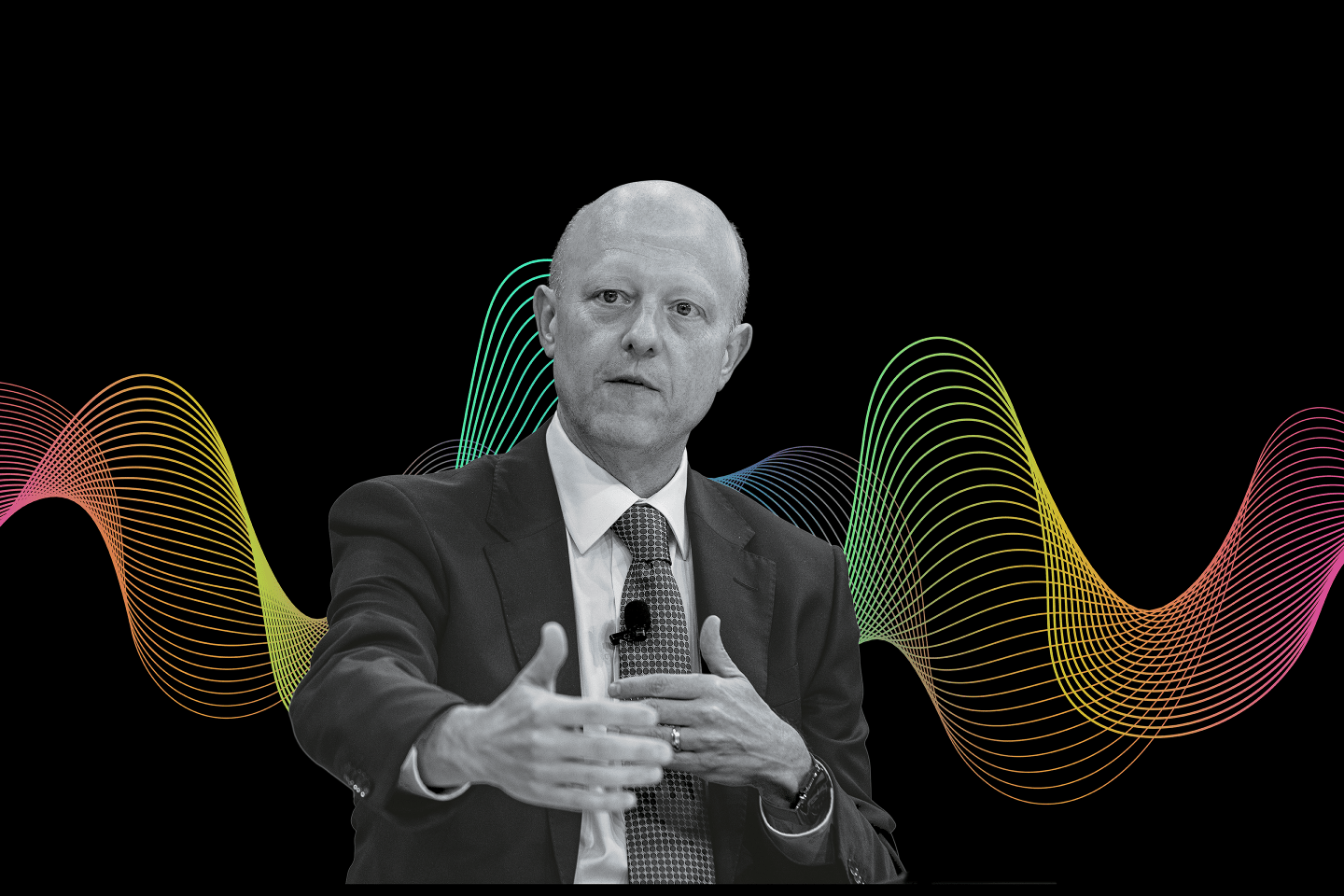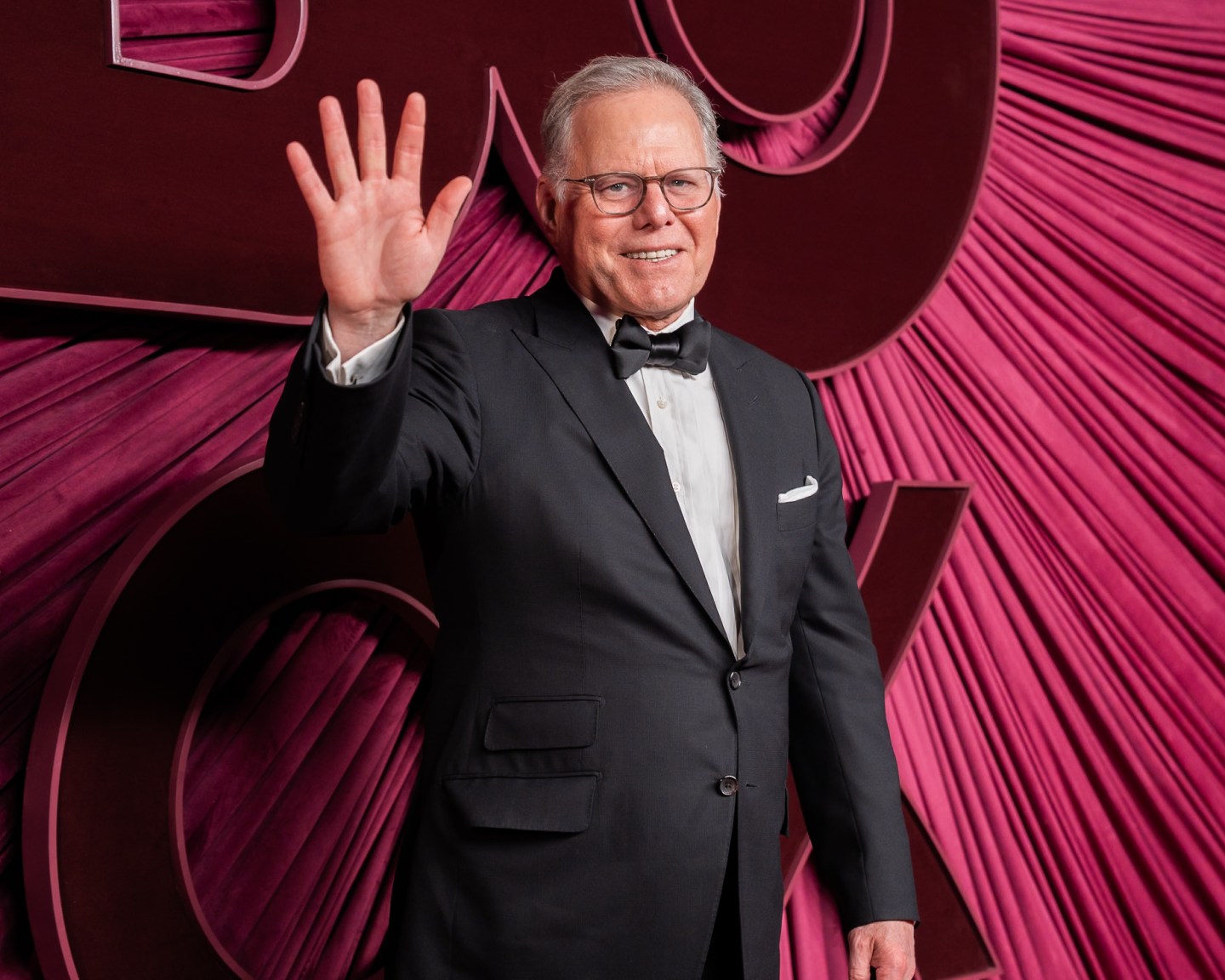The gap between the Black and White unemployment rate — a closely watched benchmark of inequality in the labor market — shrank to its narrowest level on record in March as African Americans saw outsize gains in employment.
The Black unemployment rate plunged to 5% last month, the lowest level in data going back to the early 1970s. It’s still 1.8 percentage points above the rate for White Americans — which was unchanged at 3.2% in March — but that gap is the smallest ever.
While data for individual race groups can vary from month to month, the number of Black Americans becoming employed has been rising sharply for five straight months as minority workers, often the most sidelined, experience the benefits of a tight job market.
Even as some indicators point to a cooling — February vacancies fell to the lowest level since May 2021 and layoffs are still swirling — many employers still report difficulty in finding workers.
The share of employed Black Americans rose to 60.9%, the highest since 2000. Both Black men and women saw gains, with the employment-to-population ratio for Black women older than 20 rising above pre-pandemic levels.
That ratio is a good barometer of labor-market health, as it accounts for natural increases in population. A high ratio means a large proportion of working-age people are employed.
Black men have historically experienced the lowest such levels, in comparison to White and Hispanic men. By contrast, a higher share of Black women tend to work than White or Hispanic women.
Increases in labor force participation for prime age workers, those aged 25 to 54, were widespread last month. Asian Americans saw that level rise to 83.9%, the highest in data going back to 2000.











